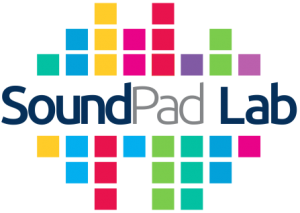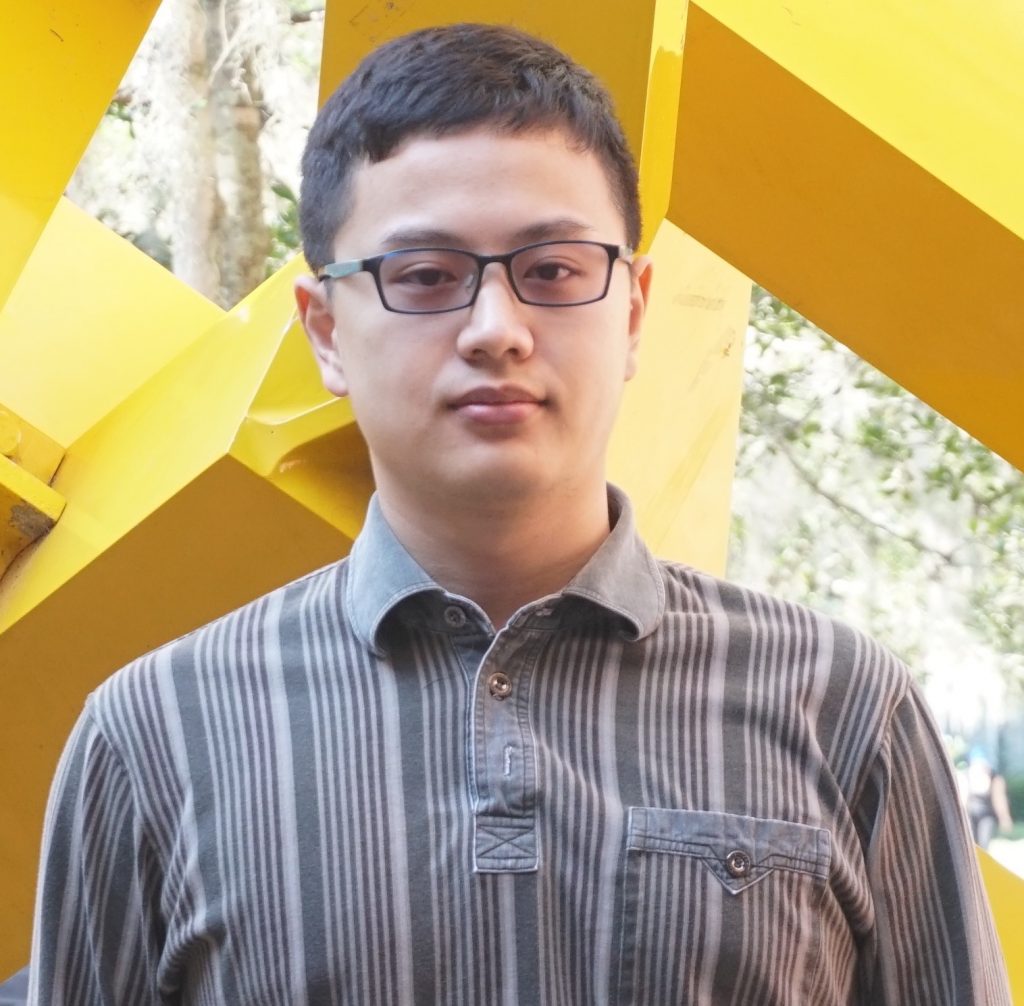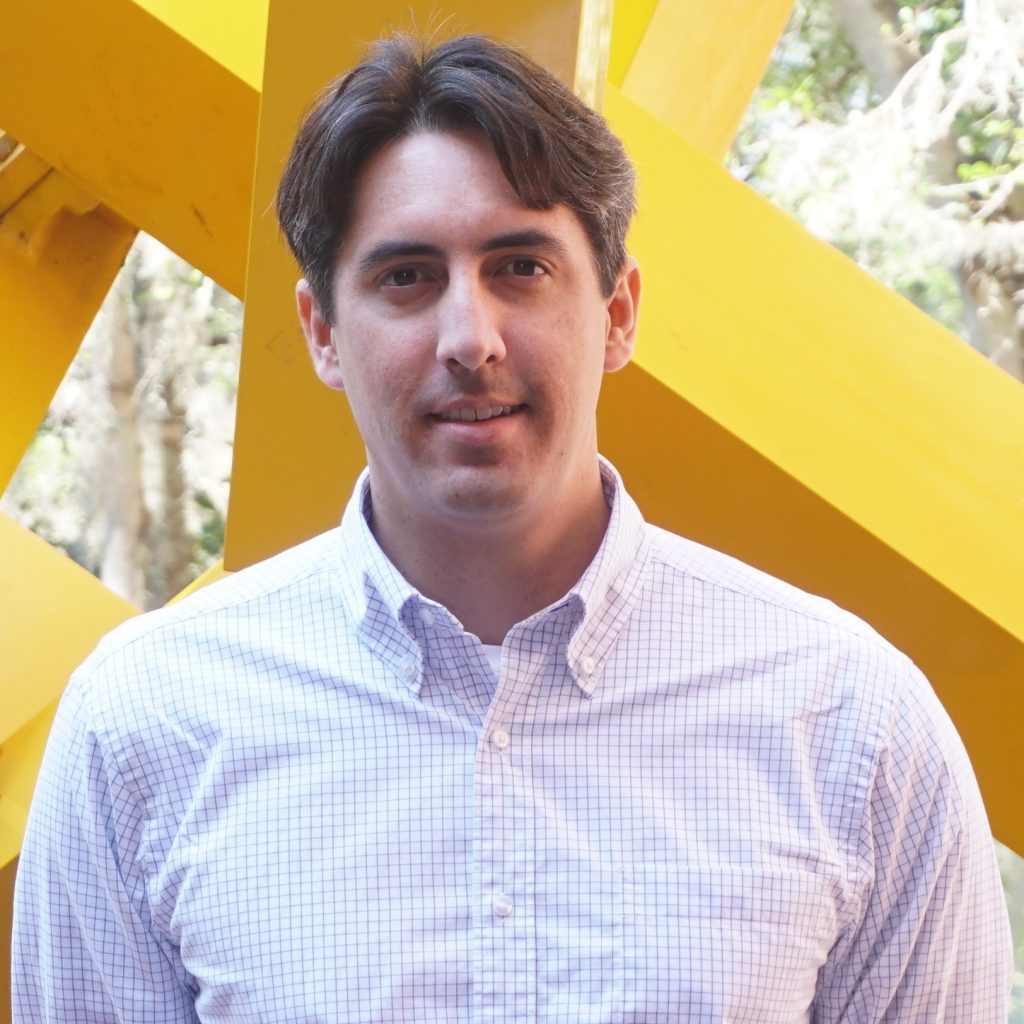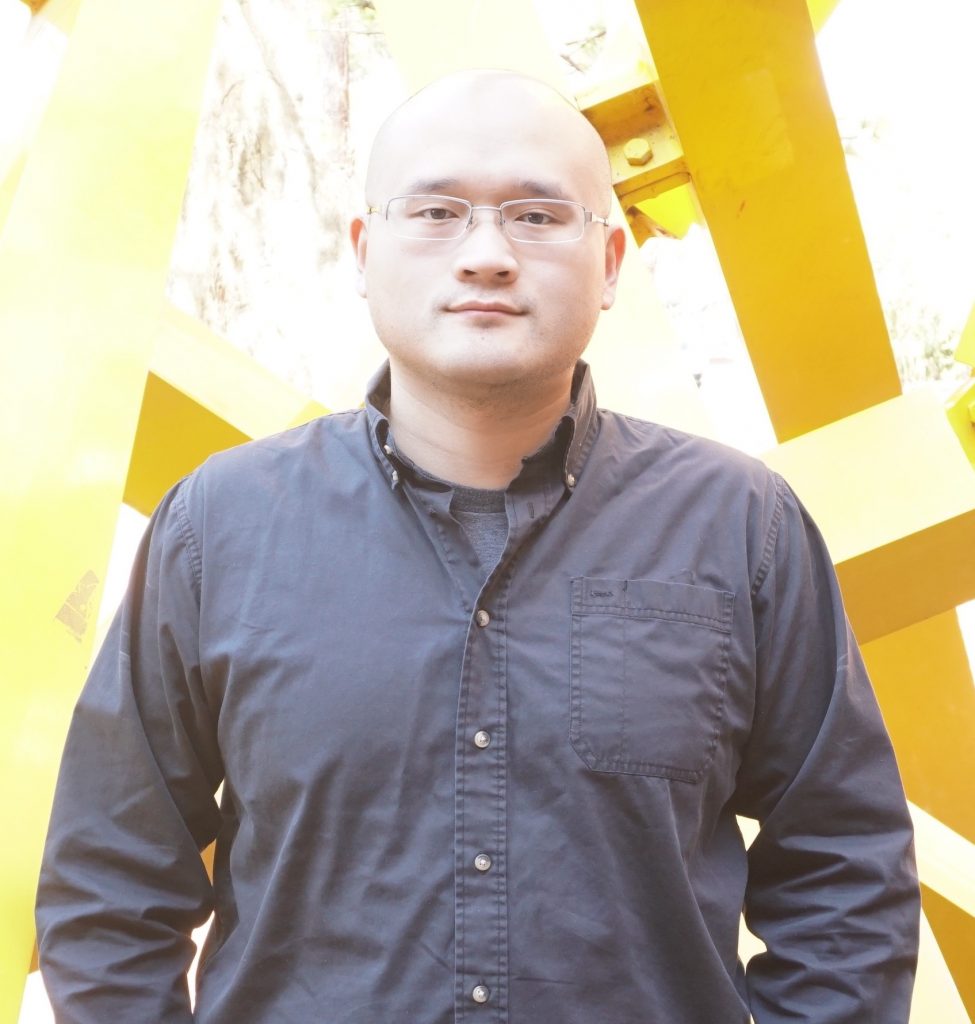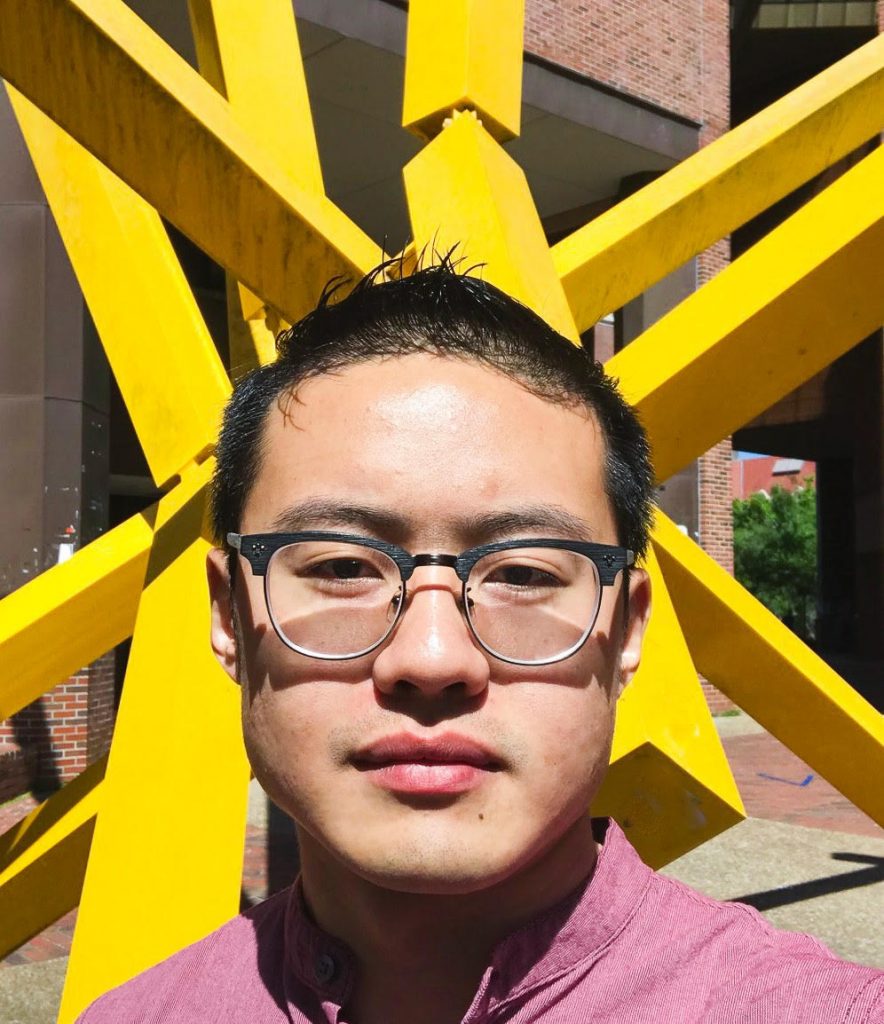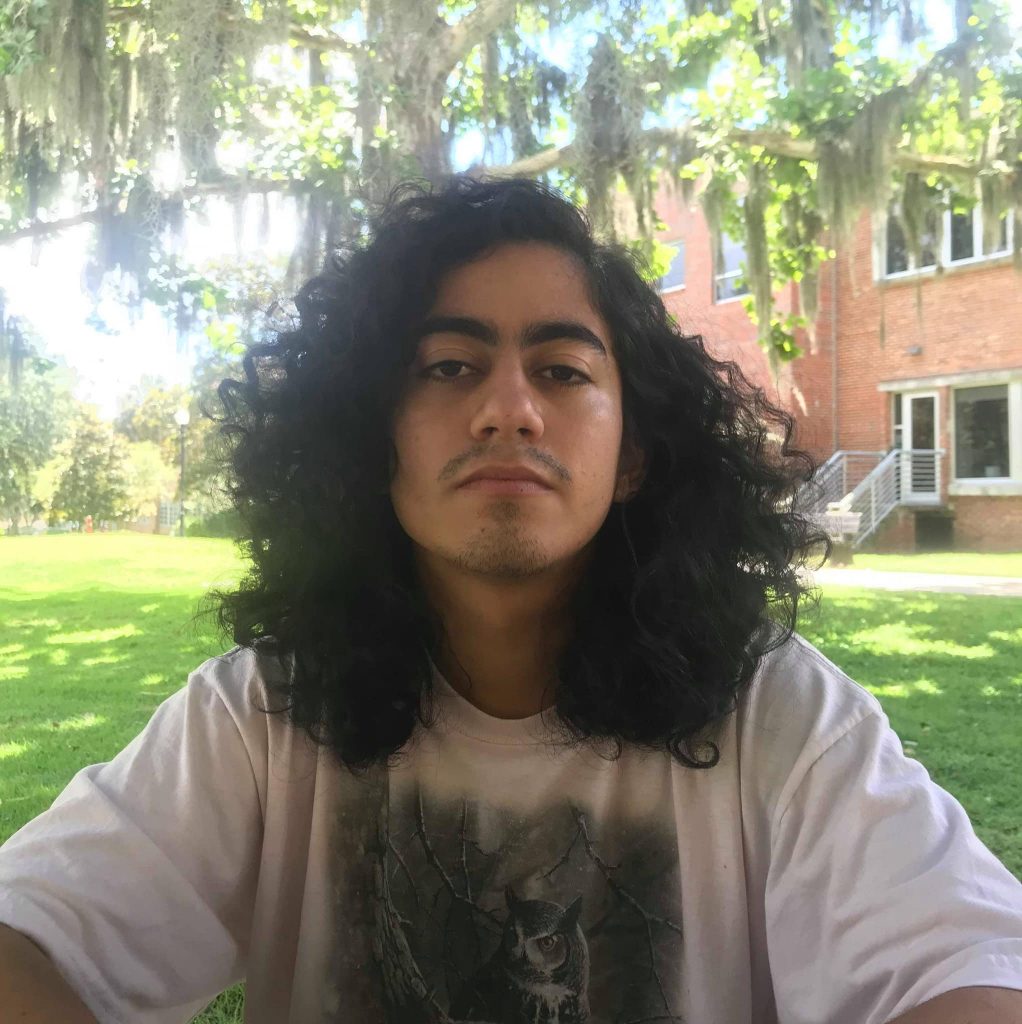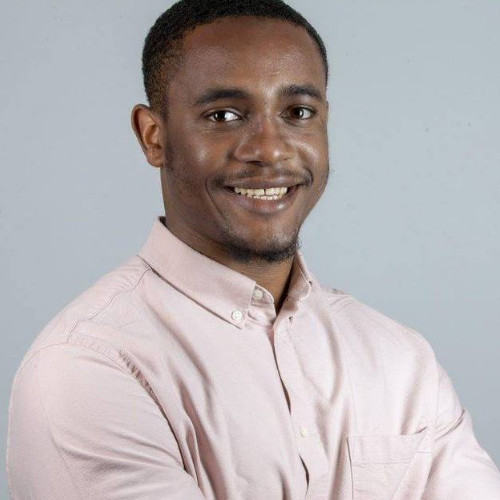Dr. McMullen leads the SoundPAD Laboratory at the University of Florida which focuses on the Perception, Application, and Development of 3D audio systems. This research area falls at the intersection of human-centered computing, electrical engineering, and perception. This focus area is necessary because as virtual reality (VR) and augmented reality (AR) become more commonplace, as evidenced by the recent proliferation of consumer-grade VR devices, significant research is needed to investigate 3D audio’s role in systems of the future. Broadly, the goal of Dr. McMullen’s research is to elucidate the human factors that must be taken into account in the design and use of 3D audio systems. In addition, the lab’s work in 3D audio had strengthened our signal processing capacity, which we also apply to BCI (brain-computer interaction) research.
The lab is composed of undergraduate, masters, and PhD students researching topics that relate to 3D sound and/or sound signal processing. This headphone-rendered 3D sound can be used in a wide variety of use cases such as compensating for the visual channel when it becomes overloaded or visual cues are not present, increasing immersion in virtual and augmented reality, helping to overcome the narrow field-of-view (FOV) issues in augmented reality, aiding persons with visual impairments, and increasing sound intelligibility in complex acoustic scenes.

